Veiled Valour: Australian Special Forces in Afghanistan and war crimes allegations
UNSW Press, $49.99 pb, 456 pp
The diseased orchard
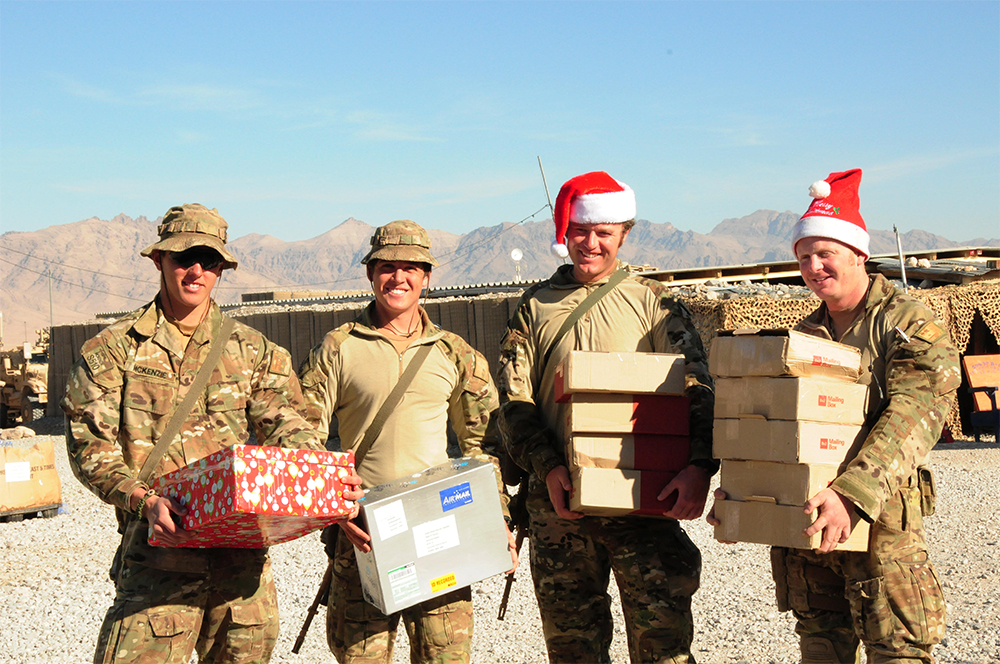
Almost fifteen years ago, struck by the paucity of information in the media about the ADF deployment to Afghanistan, I edited a short collection of essays that posed a modest question: What are we doing in Afghanistan? (2009). I wish I had known then half of what Tom Frame reveals about the ADF’s activities in Central Asia in his new book, Veiled Valour.
As it turned out, the Australians in Afghanistan were doing a lot less and a lot more than they were prepared to reveal. They were doing a lot less in the sense that the mission’s political goals extended no further than demonstrating the nation’s support for the United States as it struck out against its enemies in the wake of the 9/11 attacks and launched the War on Terror. Accordingly, Australia’s mission in Afghanistan was accomplished simply through the presence of its forces there. The exact nature of the forces’ task, what they were doing in Afghanistan, was an operational afterthought that presented the ADF’s senior command with a confounding military challenge – how to pin a strategic tail on this political donkey. They responded by committing the special forces to counter-insurgency operations, identifying and interdicting prominent Taliban operatives. Meanwhile, the regular forces were organised into Reconstruction (and Mentoring) Task Forces whose assignment was to deliver nation-building projects in Uruzgan Province – roads, healthcare facilities, schools, training the nurses, electricians, plumbers, and bricklayers needed to run and renew them, and safeguarding these assets, and the country’s security, by mentoring Afghanistan’s burgeoning army and police forces.
Despite the political and strategic vacuum they emerged from, these missions still generated occasional good-news stories about the ADF’s efforts to improve life for the Afghans. Yet the Australian public rarely heard about this work because, petrified by the potential for bad news, the Department of Defence erred on the side of caution. For all but the final twelve or eighteen months of a twelve-year deployment, it corralled the media within the ADF’s Tarin Kot base and prevented journalists from moving ‘beyond the wire’ to report on the contest with the Taliban for influence and territory. The great silence that ensued was more than a missed public relations opportunity for the ADF. It helped facilitate the years-long concealment from senior command, politicians, and the public of increasingly plausible rumours that elements within the Special Air Services Regiment (SAS) had killed unarmed prisoners, non-combatants fleeing violent contact (‘squirters’), as well as dozens of innocent Afghans.
Ironically, while the SAS were allegedly concealing their execution of ‘persons under control’, planting radios and weapons (‘throwdowns’) on the bodies of their victims to justify their use of lethal force, there were those in the regiment who were desperate for publicity. They felt that because the mainstream media could not witness their covert missions to kill or capture Taliban commanders and bomb makers or laud the individual acts of heroism performed in their commission, they had been denied the acclaim they merited. Worse still, it seemed that their rivals in the Commando regiments were receiving the publicity the SAS believed was their due. Occupying segregated areas of Camp Russell, like a divorcing couple living in the same house, the SAS and the Commandos carried on like the Real (but better-armed) Housewives of Tarin Kot, denigrating one another’s performance and attributes to anybody who would listen and plotting bigger and bolder demonstrations of their prowess.
Alerted to an upsurge of bad behaviour in the regiment, David Irvine, the former Director-General of ASIO and ASIS, was brought in to review Special Operations Command, within which the SAS and the Commandos sat. He found an organisation in a state of decay and men who had forgotten who they were and what they were there for. The humble self-confidence of the Special Forces operator had been replaced by boastfulness and arrogance, ‘can do’ thinking had become an ‘only we can do’ mentality. Élitism had crossed over into entitlement: ‘“Special” no longer meant different; it meant “superior” and applied to individuals and not their missions.’ In this context, the secrecy that routinely marked Special Forces’ actions was now employed to cloak their misdeeds and evade accountability. The rules-free ethos that developed encouraged the growth of a ‘warrior culture’ in which combat performance was the currency of authority and experienced Troop Commanders, battle-hardened non-commissioned officers (corporals and sergeants), accrued unassailable power, undermining the chain of command.
Irvine suggested that, in part, the roots of this organisational collapse lay in the repeated rotation of SAS force elements through Afghanistan and the unforgiving operational tempo when they were there. Taking a longer perspective, Tom Frame looks back to the Soviet invasion of Afghanistan in late 1979 and the organisational and moral collapse of its 40th Army, its descent from a conventional military force into an assembly of rapacious criminal gangs that murdered and pillaged the Afghans at will. It’s a striking allusion, if not quite a comparison, especially in light of events in Ukraine. Frame argues that like the 40th Army, when the ADF was sent to Afghanistan it had no concept of the human or social terrain it was entering. Clueless about the enormous complexity that clan and family affiliations brought to the distribution, exercise, and transference of power in Afghanistan, the conceptual frameworks through which the Australians sought to understand and master the country and its people were hopelessly ill suited to the reality on the ground. As Mike Martin’s extraordinary study of the conflict in Helmand, An Intimate War (2014) demonstrated, efforts to reduce the fighting to simplistic oppositions between government and Taliban, pro- and anti-coalition, insurgency and counter-insurgency, good and evil, merely exposed how out of their depth were the Australians and their coalition colleagues.
Frame’s invocation of the Russians takes the book into potentially contentious territory when he asks the reader to consider whether it was conceivably Afghanistan’s ingrained political corruption, the shameless shifting of loyalties among its warrior class, and the country’s indecipherable cultural and moral codes that had corroded the occupying forces’ moral armour and set them on the road to perdition. This is not a proposition that bears scrutiny. Afghanistan may have been a political hall of mirrors, a military quagmire, a cultural conundrum, and a profound challenge to conventional Western moral values, but these facts do not absolve from responsibility those who ignored their training, abandoned their principles, and succumbed to savagery. Afghanistan was not something that happened to the SAS. It did not turn its rogue operators into anything they were not already, though it may have hastened the transformation. They never surrendered agency. Frame’s (indecent) exculpatory proposal is familiar from Vietnam, which purportedly did terrible things to wholesome American boys sent there; Northern Ireland, whose tribal polarities similarly led good British men astray; European colonies in Africa and India; and all those other conflicts where the mask of civilisation suddenly fell away. It is no truer for all its repetition.
Frame’s book unerringly demonstrates that the SAS’s alleged crimes in Afghanistan arose from Australian political, strategic, organisational, and moral failures. At a political level, the failure to define campaign outcomes, to describe what success might look like and when it might be achieved, the failure to provide a vision for the operation beyond the validation of support for the United States, required the nation’s military commanders to knock up a DIY strategy and compelled them to remain in Afghanistan as long as the United States was still there. Within Special Operations Command, the failure to exercise close and effective oversight over the SAS and to enforce military discipline and strict accountability for infractions disempowered the chain of command, enabled the reign of the charismatic troop commander and entrenched the warrior ethos as the only measure of military competence. Once the killing had started, the failure of some troopers to restrain themselves, or of others to report their comrades’ cold-blooded crimes, and their fear of retribution – even death – should they do so, illustrates how easily a once-disciplined military force could begin to operate more like a death squad. Organisational collapse magnified and multiplied individual moral failures. The crimes in Uruzgan were not the product of a few bad apples: the whole orchard was diseased.
Responsibility for the moral failures laid out in Veiled Valour extends to every Australian who complacently professes faith in the inherent combat prowess of the nation’s forces, who believes in the moral and military exceptionalism of its servicemen and women, in the proposition that its military virtues are among the country’s defining – and best – qualities. The refusal to countenance the fact that, like soldiers from every other national force, our soldiers might transgress, egregiously so at times, first delayed and then obstructed the path to accountability and the discovery of the truth about what we were doing in Afghanistan.



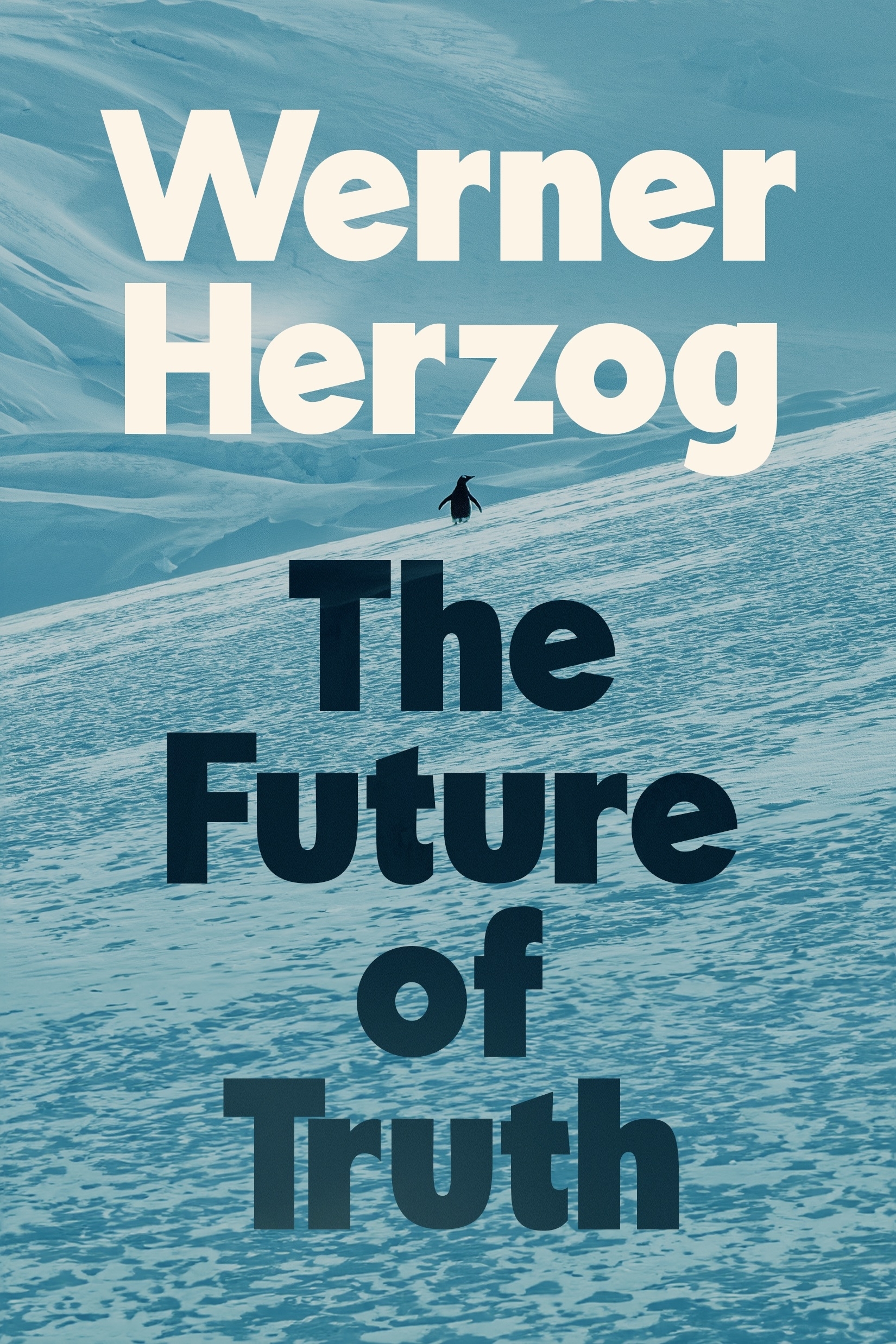
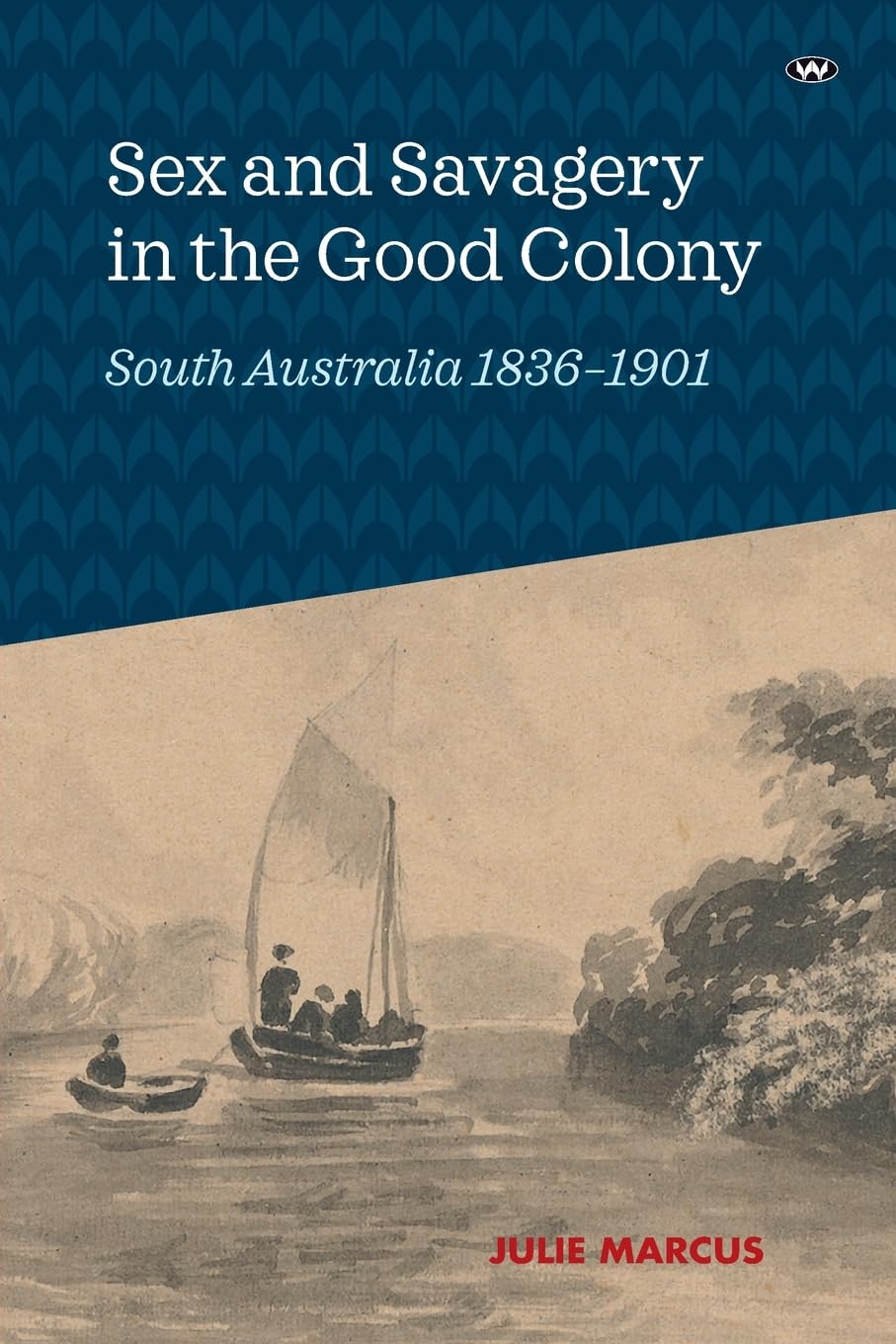
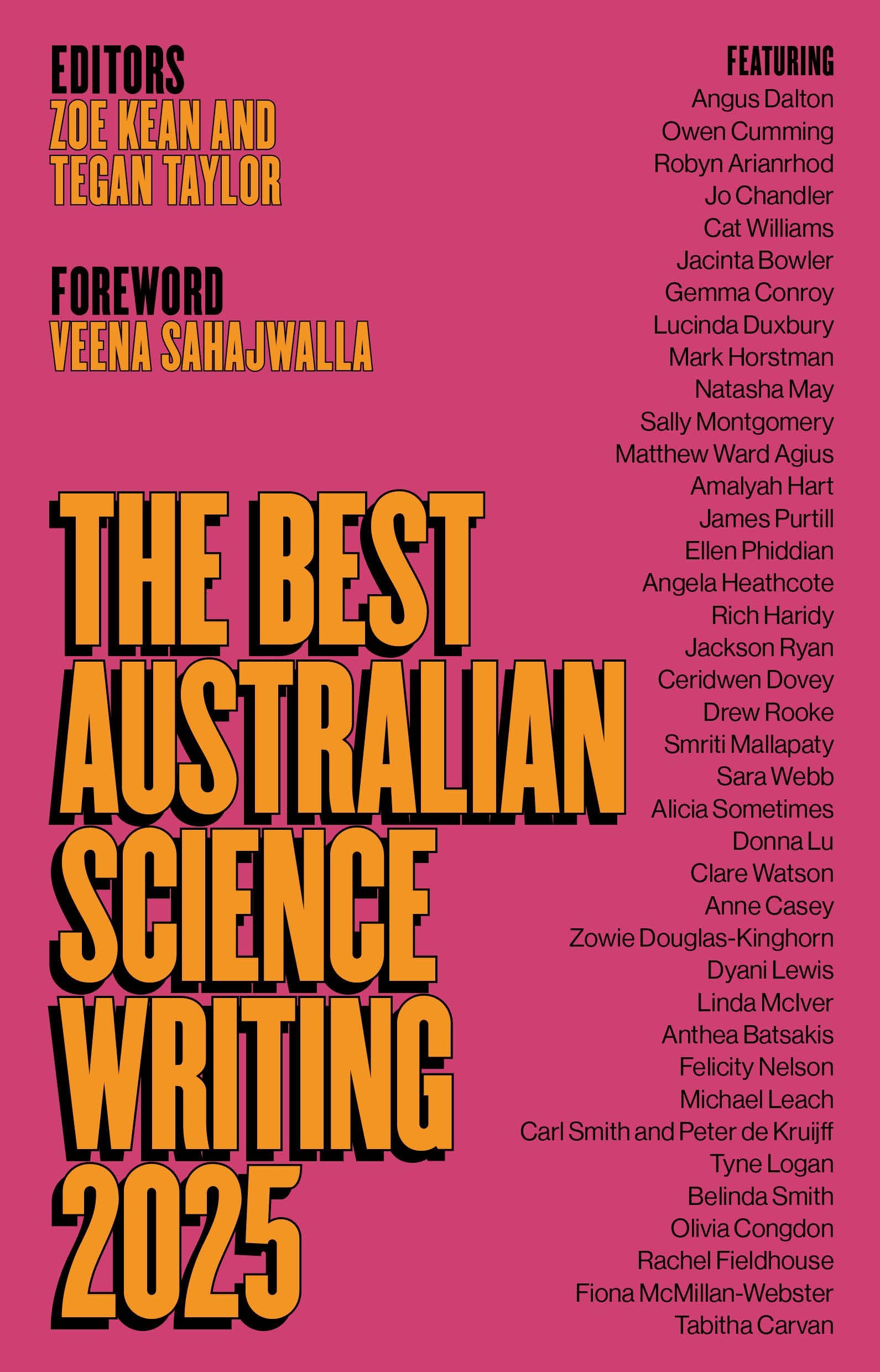
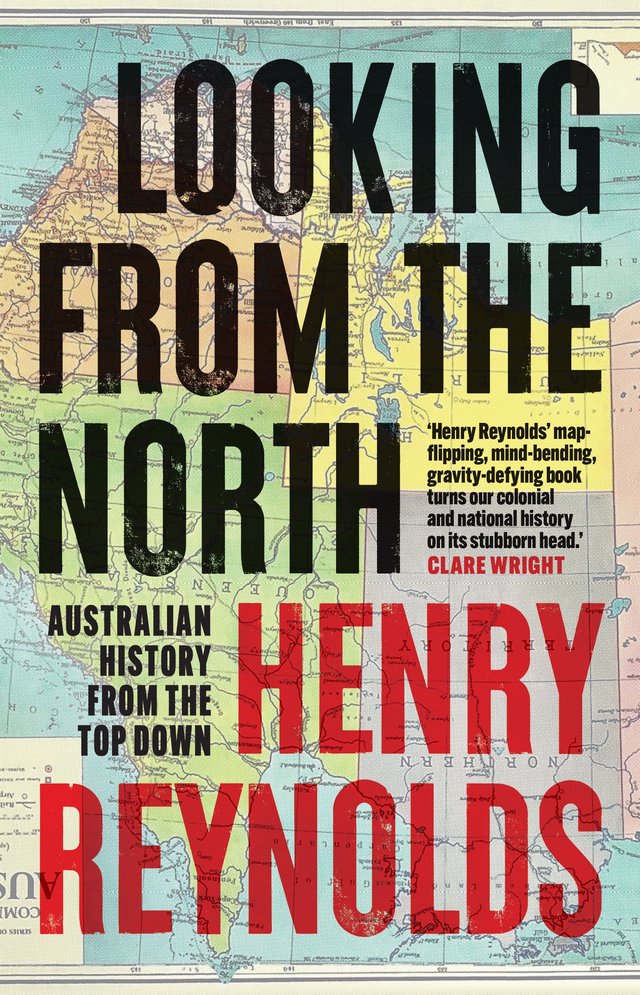

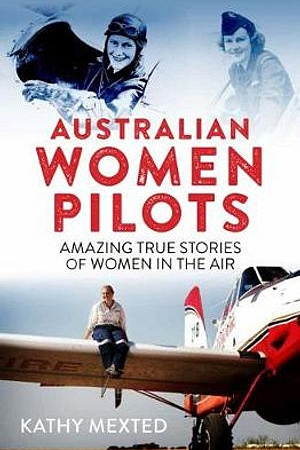

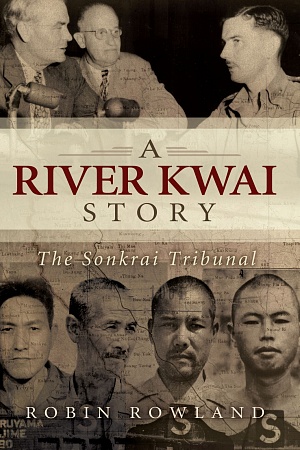
Leave a comment
If you are an ABR subscriber, you will need to sign in to post a comment.
If you have forgotten your sign in details, or if you receive an error message when trying to submit your comment, please email your comment (and the name of the article to which it relates) to ABR Comments. We will review your comment and, subject to approval, we will post it under your name.
Please note that all comments must be approved by ABR and comply with our Terms & Conditions.